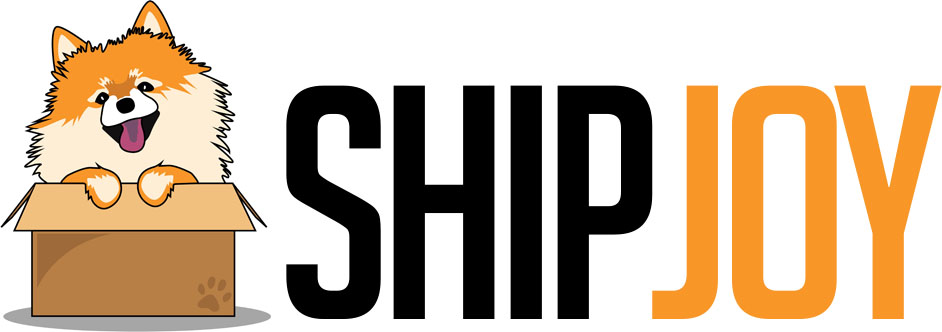The New Normal For Supply Chains
Everyone has adapted to the new normal in one way or another, more people are working from home now than ever before, and many stores on the high street have closed their doors from the last time. Supply chains have also adapted to this new normal to make them more resilient.
Most people would agree that the changes made are for the better. Supply chains for e-commerce businesses are now more diverse than ever before, and inventory systems have changed. Companies today are more intelligent when it comes to procurement and distribution.
Outsourcing
Everything changed during the Covid-19 pandemic; the way we work changed, and the way we socialize; supply chain practices also changed radically. Since many businesses had to close their doors and operate remotely, outsourcing became a more suitable mode of distribution.
Aspects of the supply chain that were outsourced included warehousing, inventory management, order management, fulfillment, shipping, and returns. Many of these outsourcing practices have been retained in the new normal because they offer companies more resilience.
Duel Sourcing
Global supply chains were radically impacted during the pandemic and had to transform to survive. Nowadays, living in the new normal, businesses worldwide are interested in disaster-proofing their operations so they can continue trade when unforeseen disasters occur.
Companies with single-source supply chains – popular with companies that require raw materials and component parts – are switching to due sourcing supply chains to disaster-proof the business. Obtaining core materials from multiple sources is a suitable modern strategy.
More Automation
Another form of disaster-proofing for businesses is automating for resilience. Human processes are not only expensive, they are also more reliable, especially in the face of a global pandemic that requires social distancing. For supply chains to work, more automation is needed.
Automation processes include things like data entry, data collection, analysis, and monitoring processes. In the new normal, supply chains are not only more diverse, but they are also also also less human-centered, reducing costs and preventing downtime to create more reliability.
Inventory Planning
Stockpiles have also adapted to the new normal as more attention is paid to the quality and quantity of inventories that companies maintain. Before the Covid-19 pandemic, inventories consisted of enough goods and materials to cover short-term projections, but now that’s risky.
Short-term supplies ran out quickly when distribution channels were shut down. Either that or companies kept an inventory of irrelevant materials and goods. To operate effectively in the new normal, companies are more selective with their inventory and plan much further into the future.
E-Commerce Channels
The world has changed since the Covid-19 pandemic; the shift to digital platforms proved to be so convenient and cost-effective for companies that many of the high street stores simply never returned. It’s fair to say the new normal is populated with e-commerce and distribution channels.
There are also challenges in this new normal; for one thing, e-commerce requires an excellent distribution network that is reliable and timely. To achieve this, many processes in the supply chain are automated, and warehouses are localized in areas where there is high demand.

